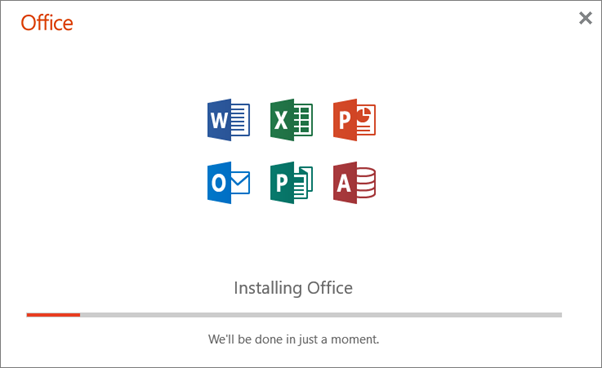


If you have an Office 365 Personal or Home subscription, the version number of your installation should match the number in this Office support website to confirm that you're using the latest release. On the right side, check the version information under About Word. To make sure that you're running the latest version of Office, use these steps: If Update Options is missing under Product Information, and the About button is the only option available, you either have a volume license or your company is using Group Policy to manage Office updates. Note: The steps to install the 2019, 2016, or 2013 versions of Office Professional Plus, Office Standard, or a stand-alone app such as Word or Project might be different if you got Office through one of the following: Microsoft HUP: If you bought Office for personal use through your company, see Install Office through HUP. List of Office updates released in September 2019 Microsoft Office 2016. If you don't see the option to update Office, use these steps to enable the service:Īfter completing the steps, use the above steps to check, download, and install updates. To download an update, click the corresponding Knowledge Base article in the following list, and then go to the 'How to download and install the update' section of the article.

Once you've completed the steps, Office will download and install any available update for your apps. Continue with the on-screen directions to apply new updates (if applicable).On the right side, click the Update Options menu.Note: The interface may look a slightly different depending on the version of Office that you're running, but the steps are the same. To update the suite of Office apps to the latest version, use these steps: In addition, we'll outline the steps to enable the update service is currently disabled, and the steps to make sure that you're running the latest version whether you're using Office 365 or Office 2019. In this Windows 10 guide, we'll walk you through the steps to manually install updates for Office apps.


 0 kommentar(er)
0 kommentar(er)
